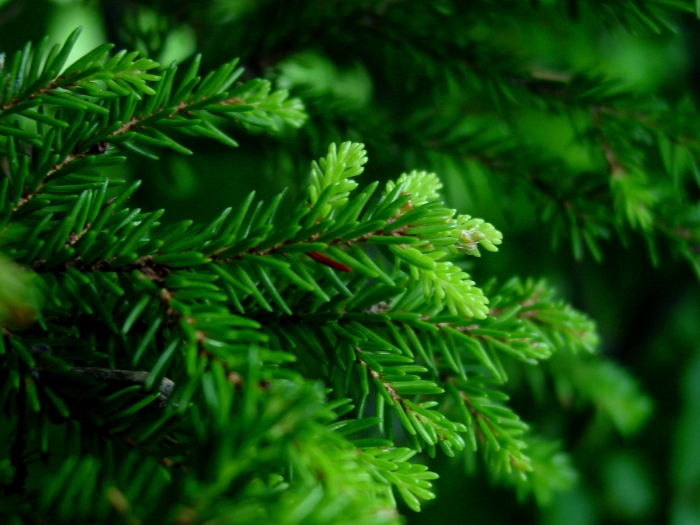Oriental Spruce
(Picea orientalis)
Oriental Spruce (Picea orientalis)
/
/

shioshvili
CC BY-SA 2.0


































Estimated Native Range
Summary
Oriental Spruce is appreciated for its dense, pyramidal shape and attractive, dark green foliage, making it a popular choice for large gardens and parks. It is also used for privacy screens and windbreaks. This species is relatively low-maintenance, tolerating a range of soil types, though it prefers well-drained, acidic soils. It requires full sun to light shade and medium amounts of water. While generally disease-resistant, it can be susceptible to spruce gall aphids and spider mites. Oriental Spruce is not typically invasive when grown outside its native range, but gardeners should monitor for pests and provide adequate space for its large size.CC BY-SA 4.0
Plant Description
- Plant Type: Tree
- Height: 50-60 feet
- Width: 20-30 feet
- Growth Rate: Rapid
- Flower Color: N/A
- Flowering Season: Non-Flowering
- Leaf Retention: Evergreen
Growth Requirements
- Sun: Full Sun
- Water: Medium
- Drainage: Slow, Medium, Fast
Common Uses
Bird Garden, Border Plant, Deer Resistant, Drought Tolerant, Edible*Disclaimer: Easyscape's listed plant edibility is for informational use. Always verify the safety and proper identification of any plant before consumption., Fragrant, Low Maintenance, Rabbit Resistant, Rock Garden, Street Planting
Natural Habitat
Mountainous regions in the Caucasus and parts of Turkey
Other Names
Common Names: Caucasian Spruce, Kaukasus-Fichte, Orientalische Fichte, Sapindus-Fichte, Pícea Oriental, Sapinette D’Orient, Épicéa Du Caucase, Kaukázusi Luc, Makhri, Abete D’Oriente
Scientific Names: , Picea orientalis, Picea orientalis f. aureospicata, Picea orientalis var. aurea, Picea orientalis f. aurea, Abies orientalis, Picea orientalis var. nana, Abies wittmanniana, Picea orientalis f. atrovirens, Picea orientalis f. nana
GBIF Accepted Name: Picea orientalis (L.) Peterm.